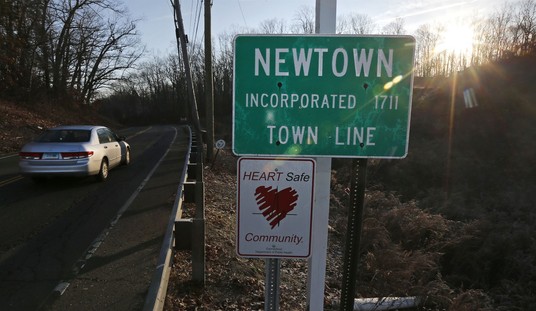ShotSpotter is supposed to be a system that alerts police whenever shots are fired. In theory, it’s a tool that will increase officer response time and may ultimately reduce crime. After all, shooting in a city is generally illegal anyway, so catching people shooting up the city–even if no one was hurt–would take criminals off the streets.
Now, the city of Pasadena is considering the system.
I get the reasoning. If you look at the marketing, ShotSpotter is a system that will help out a great deal…if it worked. The problem is that in Chicago, one of the most violent cities out there, it’s been little more than a waste of money as Cam noted last month.
As it turns out, however, a new report from the city of Chicago’s Office of Inspector General has found that the technology “rarely leads Chicago Police Department (CPD) officers to evidence of gun-related crimes and is used to justify overpolicing in the primarily Black and brown communities” where they’ve been put in place.
The City of Chicago Office of Inspector General’s (OIG) Public Safety section analyzed CPD and emergency management data between the beginning of 2020 and this May and found that only 9.1 percent of dispatches by the technology resulted in evidence of a gun-related criminal offense.
Among the 50,176 dispatched alerts in that time frame, only 1,056 appeared to indicate that an investigatory stop was the direct result of ShotSpotter.
“Our study of ShotSpotter data is not about technological accuracy, it’s about operational value,” Deputy Inspector General for Public Safety Deborah Witzburg said in a statement.
“If the Department is to continue to invest in technology which sends CPD members into potentially dangerous situations with little information — and about which there are important community concerns — it should be able to demonstrate the benefit of its use in combatting violent crime,” she added. “The data we analyzed plainly doesn’t do that.”
This is the same technology that came under attack in the Windy City after a 13-year-old boy was shot by police in April.
Mostly, the problem comes after a 13-year-old was shot in what police are calling an “armed confrontation.” Now, ShotSpotter’s role in the shooting has it under fire.
A good place to begin the reform process Lightfoot has called for would be a critical assessment of ShotSpotter. An ongoing investigation by the MacArthur Justice Center of Northwestern University Law School has yielded evidence that this high-tech tool is wasteful, alienating for community members, and generates intolerable risks of avoidable harms.
Once we know more about what happened on March 29, it may well prove to be the case that ShotSpotter worked as intended. That makes the Toledo incident a powerful occasion for assessing the hypothesis that this technology, as used by CPD, creates an unacceptable risk of producing “split-second” situations — situations that would not otherwise occur — in which officers respond to perceived threats with deadly force.
On their website, ShotSpotter claims 97 percent accuracy. That figure is not, however, the result of rigorous research. In a 2017, a ShotSpotter forensic analyst testified in an attempted murder case in San Francisco. When asked about the company’s guarantee of accuracy, he stated, “Our guarantee was put together by our sales and marketing department, not our engineers.”
As was noted in the April story, there’s no peer-reviewed evidence backing ShotSpotter’s claims about their accuracy. Based on what Cam reported about Chicago’s examination of the technology, it seems clear that any community spending money on the system is really just throwing away tax dollars.
Well, not just that.
After all, bringing in technology with some really slick marketing may well make residents feel like their local officials are actually doing something without them having to, you know, do something.
Actually addressing violent crime in Pasadena would likely involve a lot of hard work, work that lawmakers may not even be able to identify just now, and people want a solution to the growing homicide rate right now.
I can understand why they’d look to ShotSpotter.
It’s still the wrong move, though, no matter how you cut it.







Join the conversation as a VIP Member